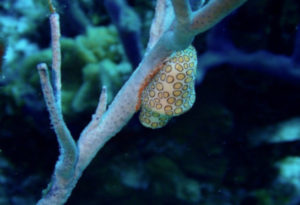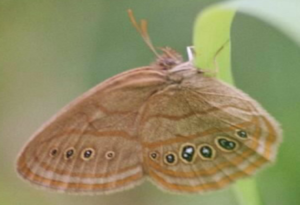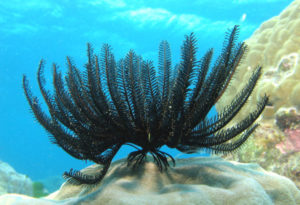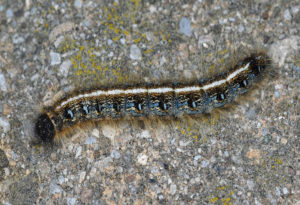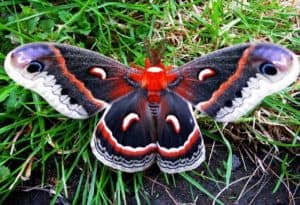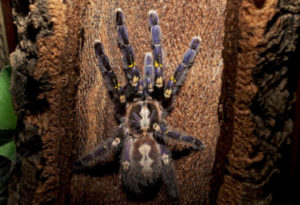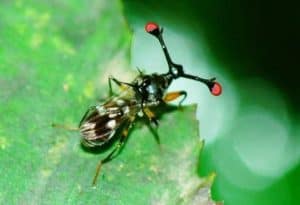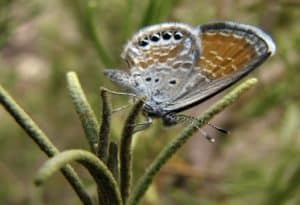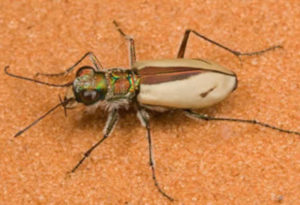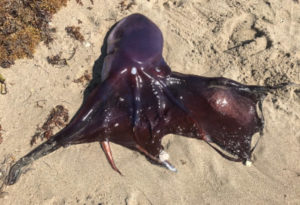
Blanket Octopus Facts The Blanket Octopus, or Tremoctopus, forms a genus of pelagic cephalopods. Also, the genus contains four currently known species that occupy surface to mid-waters in subtropical and tropical oceans. The common name of the breathtaking creature, understandably, occurs due to the long transparent webs it develops. Further, these connect the dorsal and […]Read More

